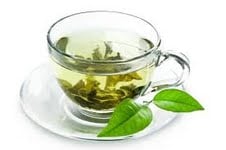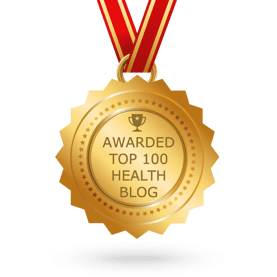
Many people throughout the world use herbal teas as a method of treating various issues from a common cold to insomnia, but what if they are doing more harm systemically than good?
Many plants that are in the same family can often produce allergic reactions due to overlap in their chemical composition. A very good example of this is the Asteraceae family which includes ragweeds, a cause of roughly 50% of all of the cases of allergic rhinitis in the U.S. Many of the medicinal plants self-prescribed by people across the globe belong to this very same family.
These past two weeks have brought numerous allergy sufferers into my office claiming sinus infections, the flu, headaches, etc. due to the drastic increase in ragweed during this time. I have tested these patients for ragweed allergies and have found that all of them are very reactive and when they are treated, profound improvement is seen.
So why is it that in the winter when ragweed counts are low, people still present with the very similar symptoms?
Many people come down with symptoms of a cold and begin to drink echinacea tea, thinking they are helping and then the symptoms worsen for a couple of days. It could be the immune system fighting off the cold, or it could be an allergic reaction to the echinacea tea, which is part of the same family as ragweed! This is not the case for all people, even those with a ragweed allergy, as every person’s immune system is different. However, it is not a bad idea to check for allergies (both IgE and IgG) to different herbal medicines before taking them if prone to congestion, brain fog, fatigue, headaches, runny nose, watery eyes, or irritability with the change of the weather.
Ragweed has a big family
Plants that are included in the same family as ragweed are: lettuce, chicory, global artichoke, sunflower, daisies, tarragon, sagebrush, sagewort, wormwood, mugwort, calendula, echinacea, dandelion, chamomile, yarrow, lobelia, asters, zinnias, chrysanthemums, helenium, fleabane, marigolds, dahlias, milk thistle, and safflower. The list goes on but these are the most commonly encountered flowers and herbs in this region. This family can be an important cause of hay fever and asthma and often cause oral allergy syndrome when fruits that have been contaminated with ragweed pollen are consumed.
It is possible to desensitize a person to the Asteraceae family using various methods including auricular acupuncture, oral immunotherapy, local honey, gut healing protocols, and even stress reduction techniques. I would suggest testing for an allergy to ragweed and various members of the Asteraceae family prior to beginning any desensitization programs, however. Often, eliminating the allergy to ragweed can decrease the likelihood of reacting to other members of the same plant family.
Autumn Frandsen N.D. is a Naturopathic Physician at National Integrated Health Associates, NIHA, serving Washington D.C., Maryland and Virginia. As a naturopath, her philosophy is to use the least invasive and effective method to bring balance to the body and restore health. Her areas of focus include Allergies and Chemical Sensitivities, Homeopathy, Heavy metal detoxification, Anti-Aging, Digestive health and more. .
.png?width=305&height=132&name=NIHAlogoBLUE_3_transparent%20(2).png)

